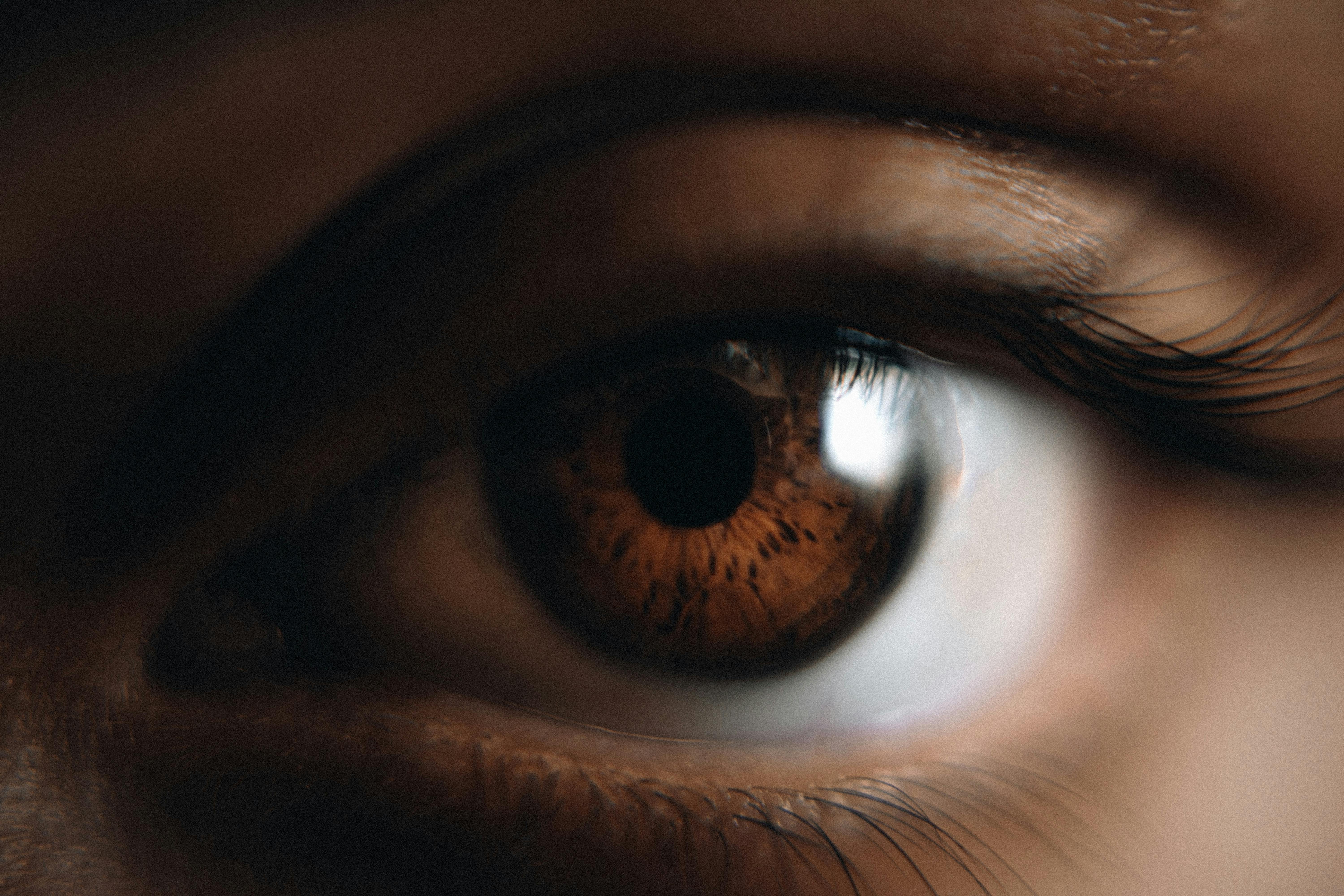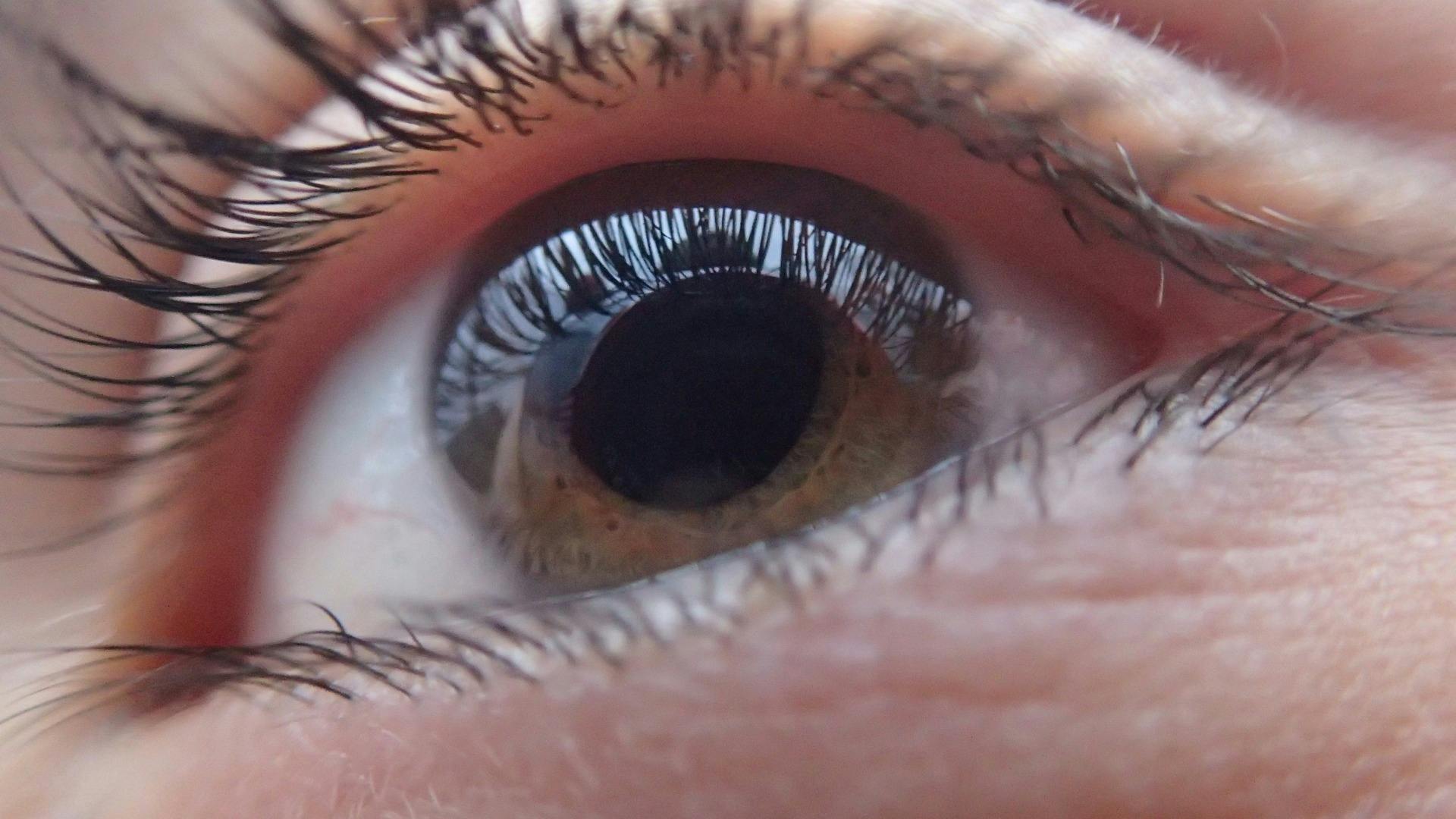For the first time, scientists have successfully used optogenetic therapy — a technique that makes retinal cells light-sensitive — to restore partial vision in a blind patient with retinitis pigmentosa. The breakthrough, which pairs gene delivery with special goggles, marks a thrilling milestone in the future of vision restoration.

Understanding Optogenetics
Optogenetics introduces light-sensitive proteins into the retina, essentially rewiring surviving retinal cells to detect light. This method works even when photoreceptors are lost, sending visual information directly to the brain by stimulating ganglion cells in the eye.
The Patient’s Incredible Progress
In a pioneering trial, a man who had been blind for nearly four decades received the treatment. After therapy and training with specialized goggles, he was able to detect objects, count items, and even recognize crosswalk patterns — an astonishing improvement in functional vision.
How the Vision System Works
The patient uses a wearable headset that captures images and converts them to specific light signals projected into his eye. These light patterns stimulate the genetically modified cells, allowing the brain to interpret what he’s seeing in real time, although with limited resolution.

The Big Picture for Blindness
This first human success with optogenetics is a groundbreaking step for people with conditions like retinitis pigmentosa. It offers hope for those whose optic nerves still function but who have lost normal light-detecting cells in the retina.
Looking Toward Future Treatments
Researchers plan to expand trials and improve the technology, aiming for higher resolution and possibly eliminating the need for goggles altogether. If successful, optogenetic therapy could transform how blindness is treated in the years to come.